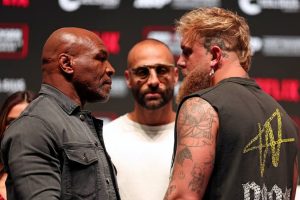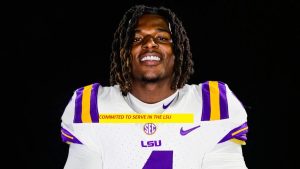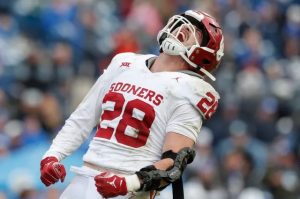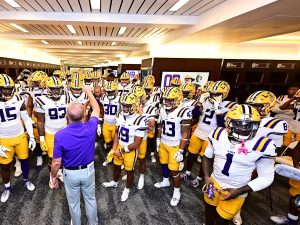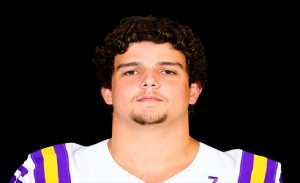
DEEP Purple is the very definition of a “band otai” (veteran or pioneering band), with a career spanning five decades. Few, if any, aside from the Rolling Stones, can boast of such longevity and still sell out tours when most of their peers have either left their mortal coil or are in nursing homes. Deep Purple has been a going concern since 1968 and just released a critically acclaimed album last month =1. Here are a few choice nuggets about one of heavy rock’s bona fide heavyweights. Unholy trinity The music press and many fans tend to pin ground zero for hard rock or heavy metal around the works of three British bands Black Sabbath, Led Zeppelin and Deep Purple. To add credence to the

Modelled like cars Deep Purple have gone through numerous line-up changes. Each line-up is identified by “Mk”, similar to old British car models. The band has four significant line-ups, thus carrying the MkI-IV denominations. The MkII line-up is best known due to the aforementioned anthem and is also the most commercially successful with albums such as In Rock (1970), Fireball (1971) and Machine Head (1972) making significant impact on album charts upon initial release. Rock trees Some rock fans will be aware of “rock trees” – charts showing the movement of musicians from one band to another. This was highlighted in a scene in Jack Black’s comedy School of Rock, which outlined various musicians “branching out”. Deep Purple was very much part of that trend as
Axe slinger supremo Ritchie Blackmore went on to form Rainbow, which featured vocalists Ronnie James Dio and later Turner. Over the years, members of Deep Purple, Rainbow, and Whitesnake seemed almost interchangeable. In fact, the band Deep Purple has so many entwined stories that there is a dedicated Wiki page for its former members! Gillan is most known for joining Black Sabbath for the ill-fated Born Again albu
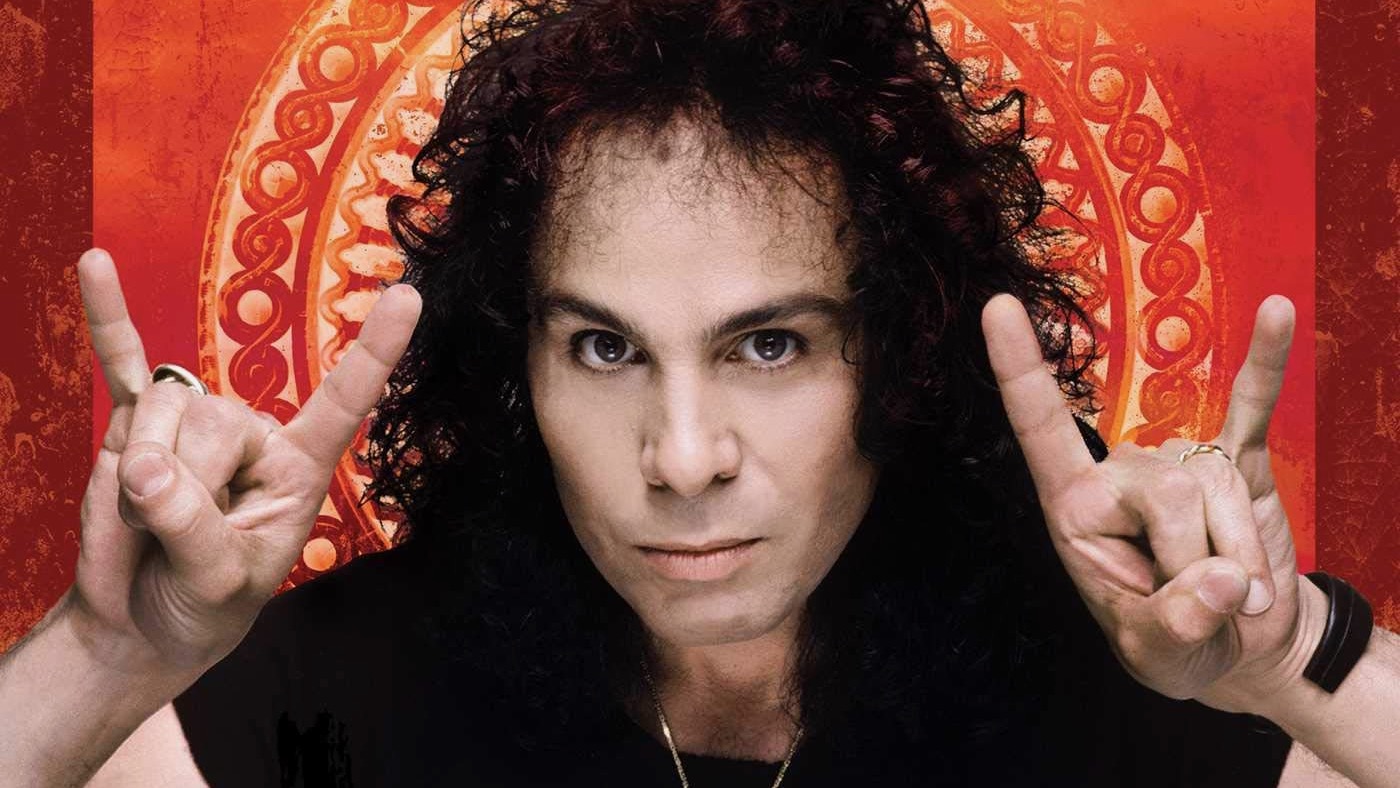
The band’s live prowess is demonstrated by the sheer number of “in concert” recordings in its discography; some standout selections are Made in Japan (1972) and Nobody’s Perfect (1988). Deep Purple has performed on these shores multiple times, most notably at the F1 post-race gig in 2014. The band has also played shows at the Shah Alam Stadium in 1999 as well as in Genting Highlands in 2010, underscoring its popularity in these parts. Gillan, the band’s current vocalist, has emphasized that Deep Purple was primarily an instrumental outfit with extended jams honed on stage.
Earlier this year, when Deep Purple was invited to headline the Montreux Jazz Festival, the band’s most well-known song, Smoke On the Water, vividly brought to life the fire that destroyed the venue at a Frank Zappa and Mothers of Invention gig in Montreux, Switzerland, where Deep Purple were supposed to record its new album. Floating on a barge, the band struck up the famous power chords to a spectacular mix of fireworks, pyrotechnics, and video display (you can watch clips of the performance on YouTube).
There’s bound to be some hits and misses for a band with this lengthy of a history. Two albums with lead vocals by Gillan that are worth listening to are Who Do We Think We Are (1973) and Perfect Strangers (1984).
Two good choices for the Coverdale-fronted MkIII are Stormbringer (1974) and Burn (1973).
The band’s 23rd studio album, =1, has gained a lot of positive attention from the rock press and has moved up the European rock album rankings.
Does it measure up to the amazing heritage of the band? View the Sun’s evaluation of =1 below.

